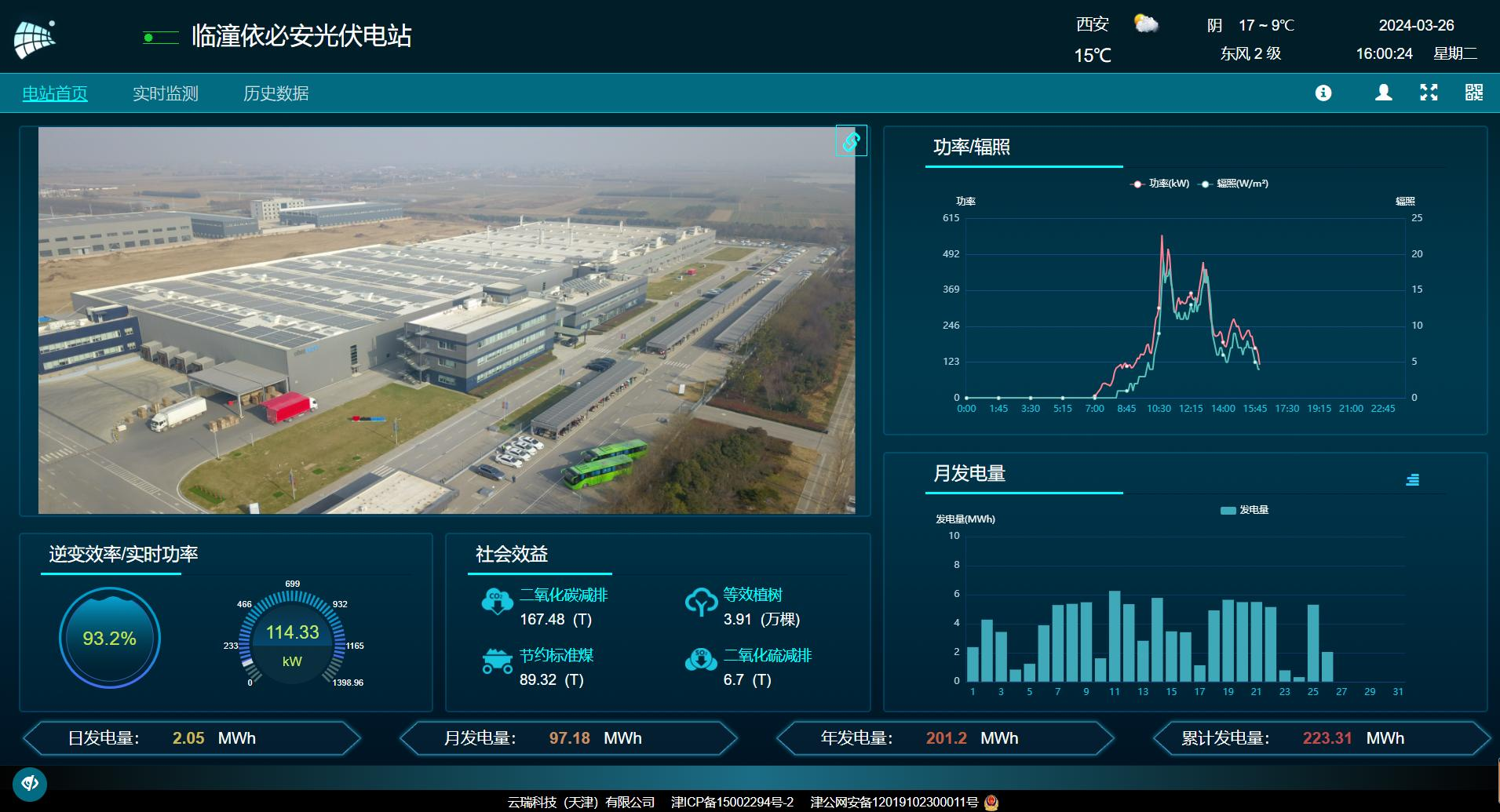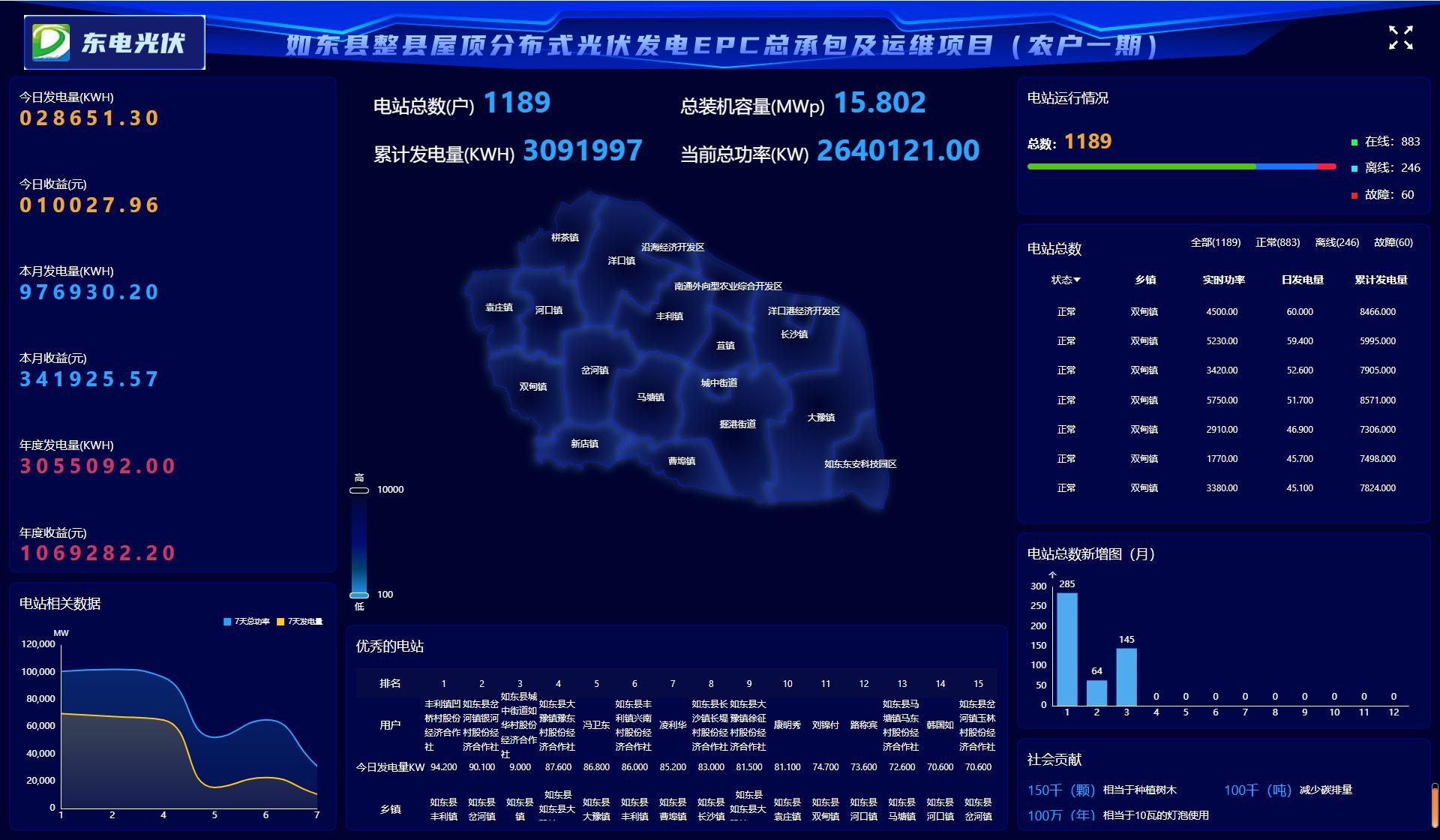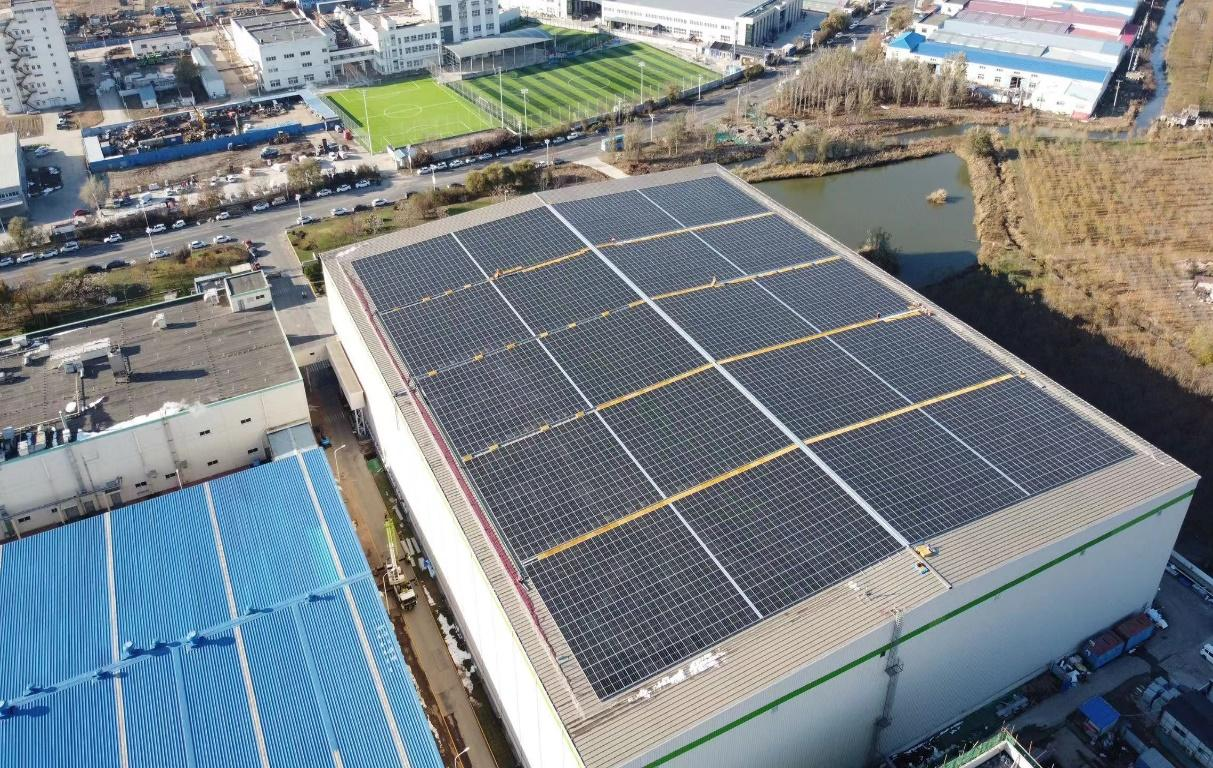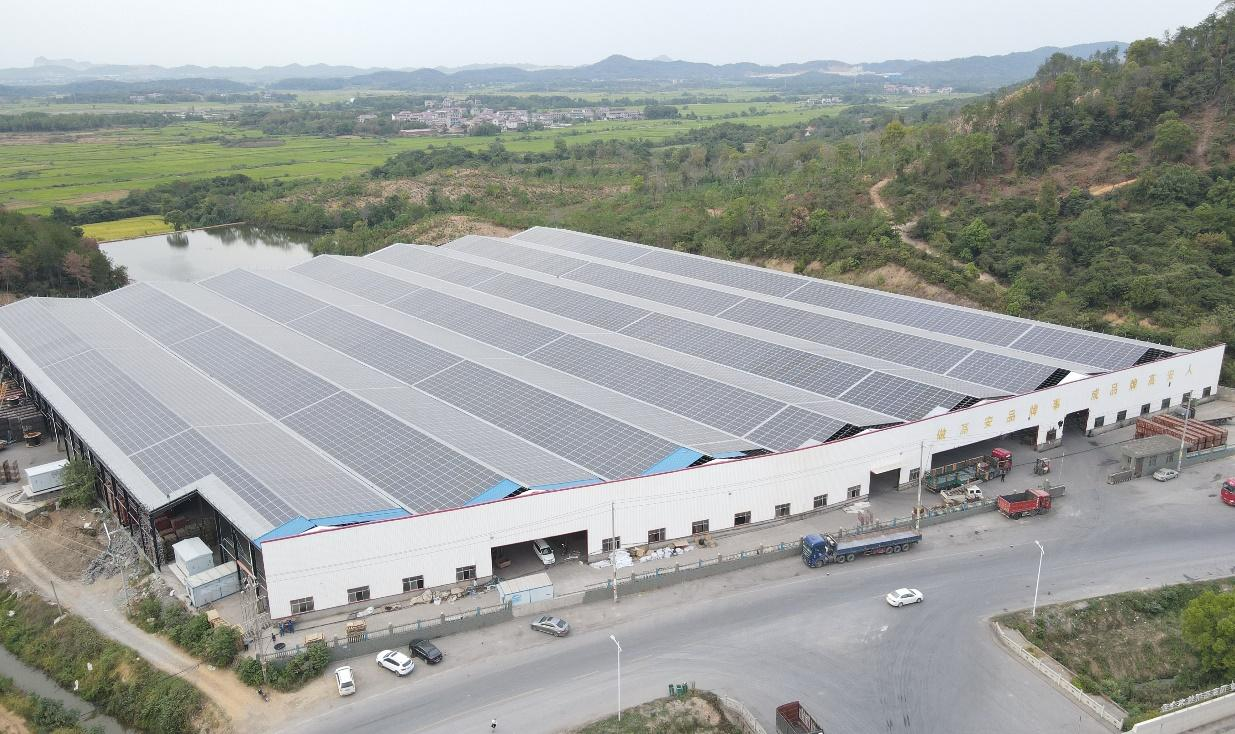Wedoany.com Report-Oct 19, According to Sumitomo, the study will utilize a wing-shaped soft sail, manufactured by North Sails Japan (NSJ), set on derrick post of its bulk carrier to obtain wind power as assisting power for the ship’s propulsion. This soft sail is 8 meters high and 13.2 meters wide. It is made of advanced polyethylene fiber fabric and its “attacking” angle can be adjusted depending on the wind direction.
Sumitomo noted that by utilizing wind power as an auxiliary propulsive force, the aim is to reduce the consumption of heavy fuel oil, which is being used as the primary fuel, and decrease CO2 emissions.
As disclosed, in this study, SHI-ME and NSJ will handle the design of the wind-assisted propulsion system, including the soft sail, as well as the analysis of operational data when the sail is in use. ORIX will be responsible for the installation of the soft sail and for measuring and collecting fuel efficiency data during operation. The energy-saving effects will be calculated as theoretical values based on the data obtained from this experiment.
Through this feasibility study, Sumitomo said that both ORIX and SHI-ME aim to improve the fuel efficiency of existing vessels, deepen their knowledge in utilizing the wind-assisted propulsion system powered by green energy and advance efforts toward the practical application of this system.
To remind, in September 2024, the International Maritime Organization (IMO) was urged to agree on a strong revision of the Carbon Index Indicator (CII), a global fuel standard that allows for the uptake of wind propulsion, and an ambitious levy to ensure the shipping industry reaches decarbonization targets.

















